Village recalls record flight on flimsy wings

A Swiss mountain village has celebrated the achievements of a daring young man who made aviation history exactly 100 years ago in his flying machine.
On September 23, 1910, Geo Chavez, a 23-year-old Peruvian born and raised in Paris, became the first person to fly across the Alps.
“The challenge is to get it airborne and back again,” says Mikael Carlson about the Bleriot XI. The Swedish commercial pilot is one of the few people in the world today who can speak from experience about the handling of Chavez’s monoplane.
The owner and pilot of a century-old Bleriot, Carlson is in hot demand on Europe’s airshow circuit, and was a big draw at the centenary celebrations in the Swiss village of Ried-Brig where he was to make a demonstration flight.
It was this unassuming farming community on the north side of the Simplon Pass that was chosen a century ago by the Milan air club as the starting point for a trans-alpine competition.
The first to cross the Alps from Ried-Brig and land in the Italian city would be rewarded 100,000 lira in prize money – a lucrative sum at the time.
The villagers did not know what hit them, local student Marc Zurwerra told swissinfo.ch. “They were surprised by the number of visitors who travelled here to see men in their flying machines.”
Hot ticket
They came from across Switzerland and Italy. “No one knows exactly how many spectators there were but it was said all the trains were full, and people were packed into freight and livestock carriages that were also needed to transport them to the event.”
The 19-year-old Zurwerra has studied the Chavez story with the aim of coming to conclusions about how the village can better market this brief but spectacular moment of history.
The pre-First World War period was a heady time for aviation. Towns and cities across Europe were trying to outdo each other with flight competitions, challenging daring and often foolhardy men in flimsy aircraft to set new records for speed, distance, duration and altitude.
By the time the Alps challenge came along, Chavez had only been flying for seven months, but already had more than 90 competitive flights to his credit.
And he had set the altitude record only a couple weeks earlier near Paris, ascending to 2,652 metres above sea level – 550m higher than he would have to go to cross the mountains.
Windy dilemma
“The Bleriot is not a very good climber, and to fly from here up to the Simplon Pass takes a lot of time so I would guess you need some winds blowing against the mountains – a north wind, to aid the climb,” Carlson told swissinfo.ch.
“But the wind also creates turbulence once you reach the top, and that was what happened. So it’s a Catch-22 situation. You need the wind for climbing, but the wind also create problems later.”
The competition organisers selected five of the best pilots of the day to take on the challenge that was to begin on September 17.
But bad weather would postpone the start and by September 23 – the day that would go down in history – three of the normally daring young men had withdrawn without even testing their aircraft, and a fourth – American Charles Weymann – had failed in training to gain sufficient altitude with his biplane.
Calm, cool and cognac
Only Chavez remained. Calm, cool and collected, so the story goes, he meticulously planned the flight, scouting the route by driving over the Simplon Pass. He also spent time drinking cognac in a cafe near the farmer’s field converted into an airstrip.
That is according to Joseph Steiner, owner of the café that in the intervening years was expanded and redubbed the Chavez Hotel. Each evening, Steiner retells diners the stories about “the friendly, nice boy” that his grandmother told him.
Outfitted in an asbestos-lined suit to protect against the cold air he knew he would face above the pass, Chavez climbed into the cockpit and launched his piano-wired, skeleton-like fuselage down the sloping field. Airborne, the plane corkscrewed upward.
It was a short and successful 45-minute flight – until near the very end. Approaching the landing strip on the south side of the Alps outside the Italian town of Domodossola, the wings collapsed causing the Bleriot to crash nose first and tip over, crushing the young man.
Turbulent ending
Carlson believes the wings on Chavez’s aircraft were not built to withstand a lot of turbulence. He said other Bleriots at the time experienced the same failure.
“Earlier models did not have cross bracing of piano wire in the wing. The builders didn’t really know what they were doing,” he added. “They were learning from their mistakes. After this all the Bleriots were reinforced with cross bracing.”
Chavez died from his injuries in an Italian hospital four days later. He would become an aviation hero, remembered to this day in four countries: his native home – Peru, the nation that adopted him – France, and the states where he would make history – Switzerland and Italy.
And what he accomplished, and paid for with his life, still earns the respect of pilots like Carlson, who understand the greatness of his achievement.
“I would love to fly over the Simplon. But if I were to, I wouldn’t do it in my original 100-year-old Bleriot. It’s too valuable.”
Italian Arturo Mercanti proposed an Alps crossing competition in early 1910 when no plane had ever flown higher than 1,290m – almost a thousand metres lower than would be needed to get over the Simplon Pass.
In order to encourage airman and airplane designers, a substantial prize of 100,000 lira was offered the winner.
The Simplon was chosen as the closest route to Milan and was accessible by road enabling logistical support. The aviators were to fly across the pass and land to refuel in the plain near Domodossola before completing the second and final stage to Milan. In all, the flight would cover 150km.
Jorge “Geo” Chavez was born in Paris on June 16, 1887 to Peruvian parents. Thanks to his parents’ wealth, he attended the best schools. He also excelled at athletics, particularly long distance races.
In August 1909, Chavez who by now had a degree in engineering, met the well known French aviator Louis Paulhan at an air meet in Champagne. Chavez began working for Paulhan paving the way for Chavez to enter flight school, which entailed purchasing his first aircraft and agreeing to participate in air competitions.
He made his maiden flight in a Voisin biplane on February 5, 1910. Between the end of March and middle of August that year, he flew a total of 94 days in competition.
Chavez displayed his athletic skills during an event in Verona, Italy when he ran down a moving plane on an airstrip that had been abandoned by its pilot, Arthur Duray. The young man jumped in the cockpit, and brought the craft under control.
Duray, injured during the incident, decided to give up flying. He became friends with Chavez as well as his manager and advisor.

In compliance with the JTI standards
More: SWI swissinfo.ch certified by the Journalism Trust Initiative

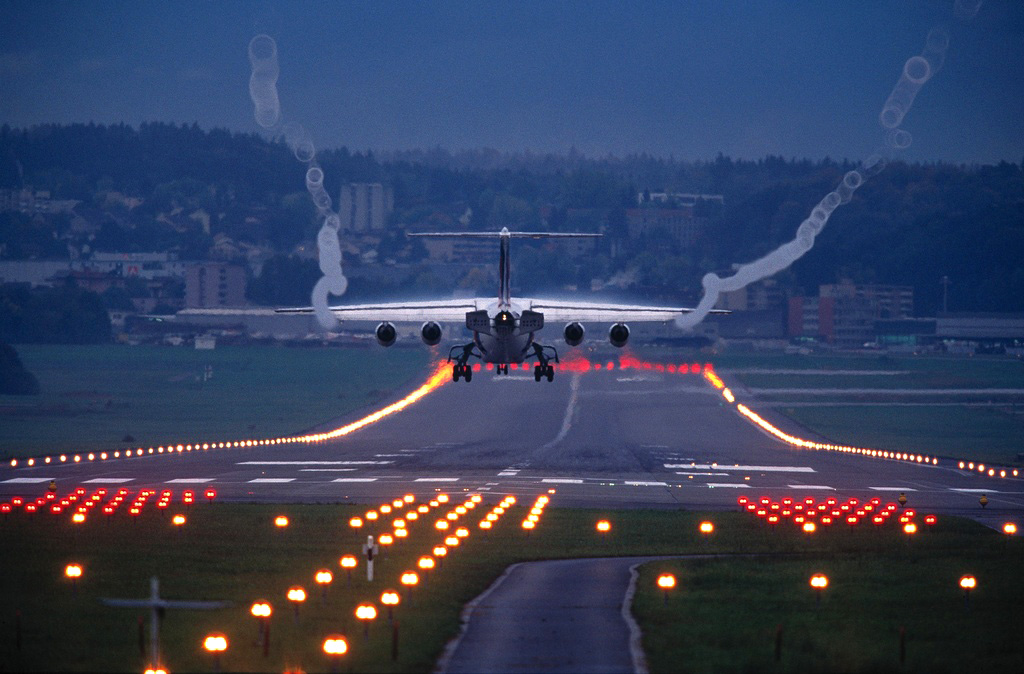
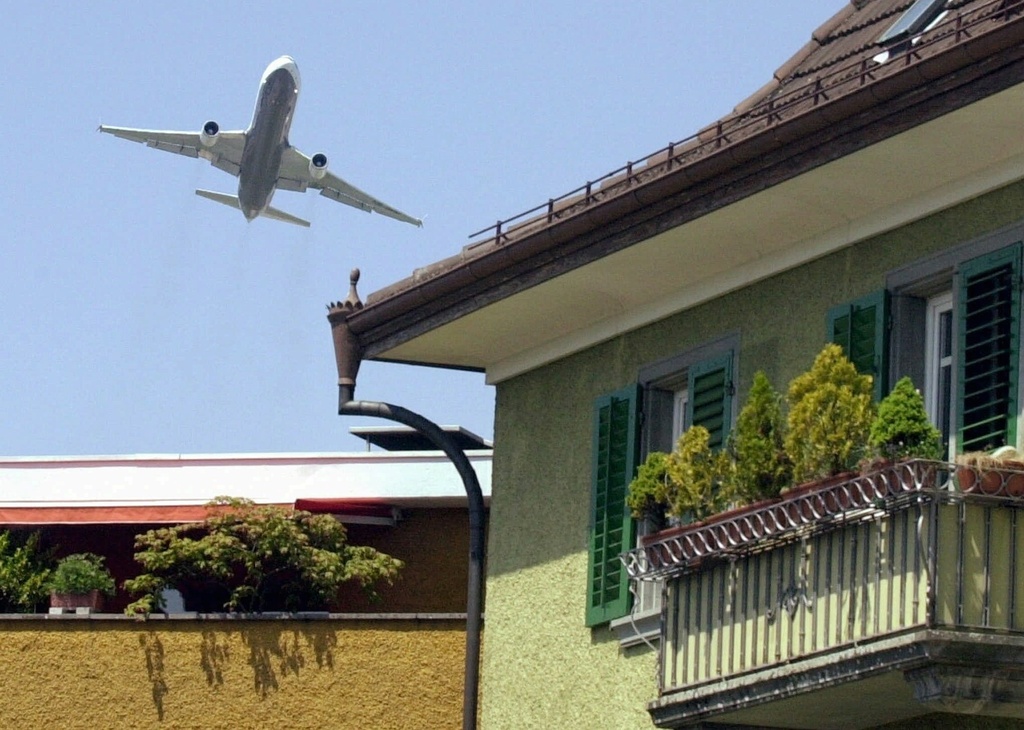
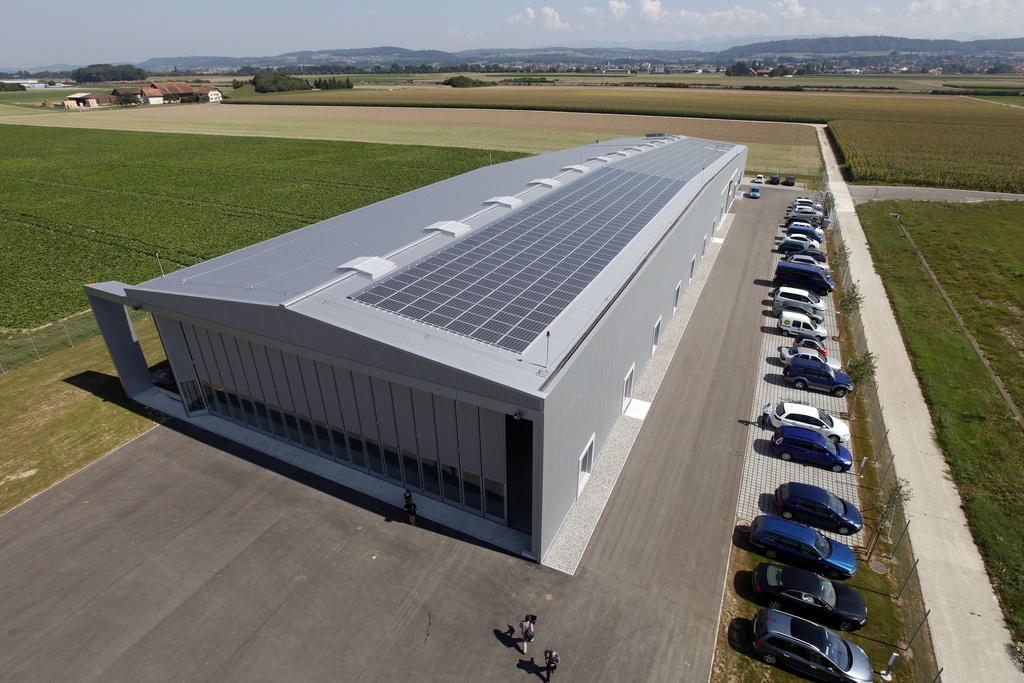
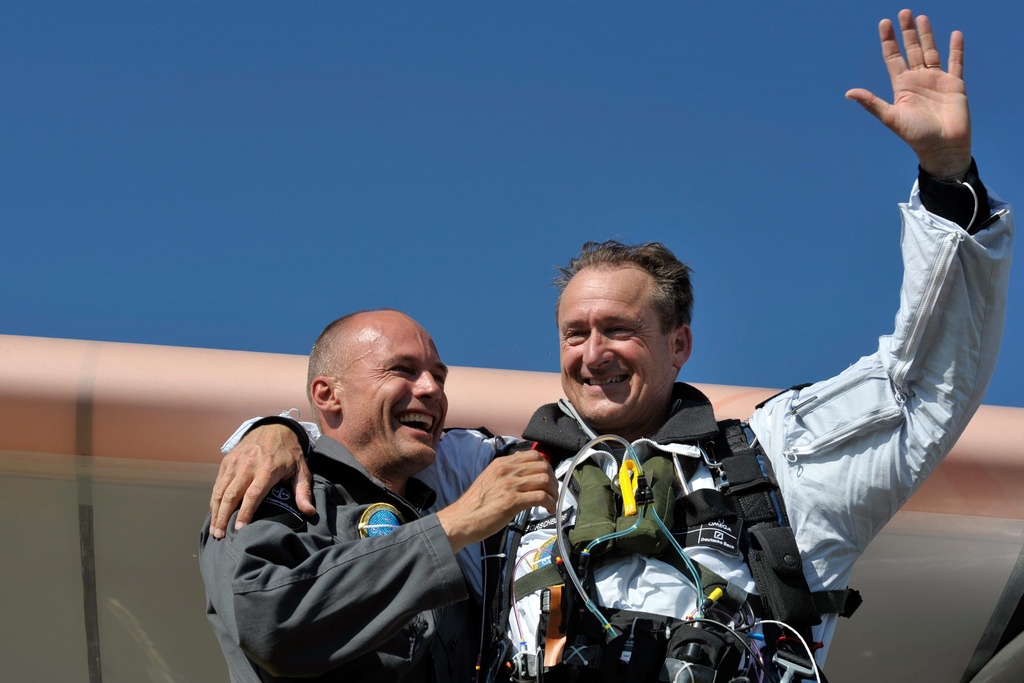
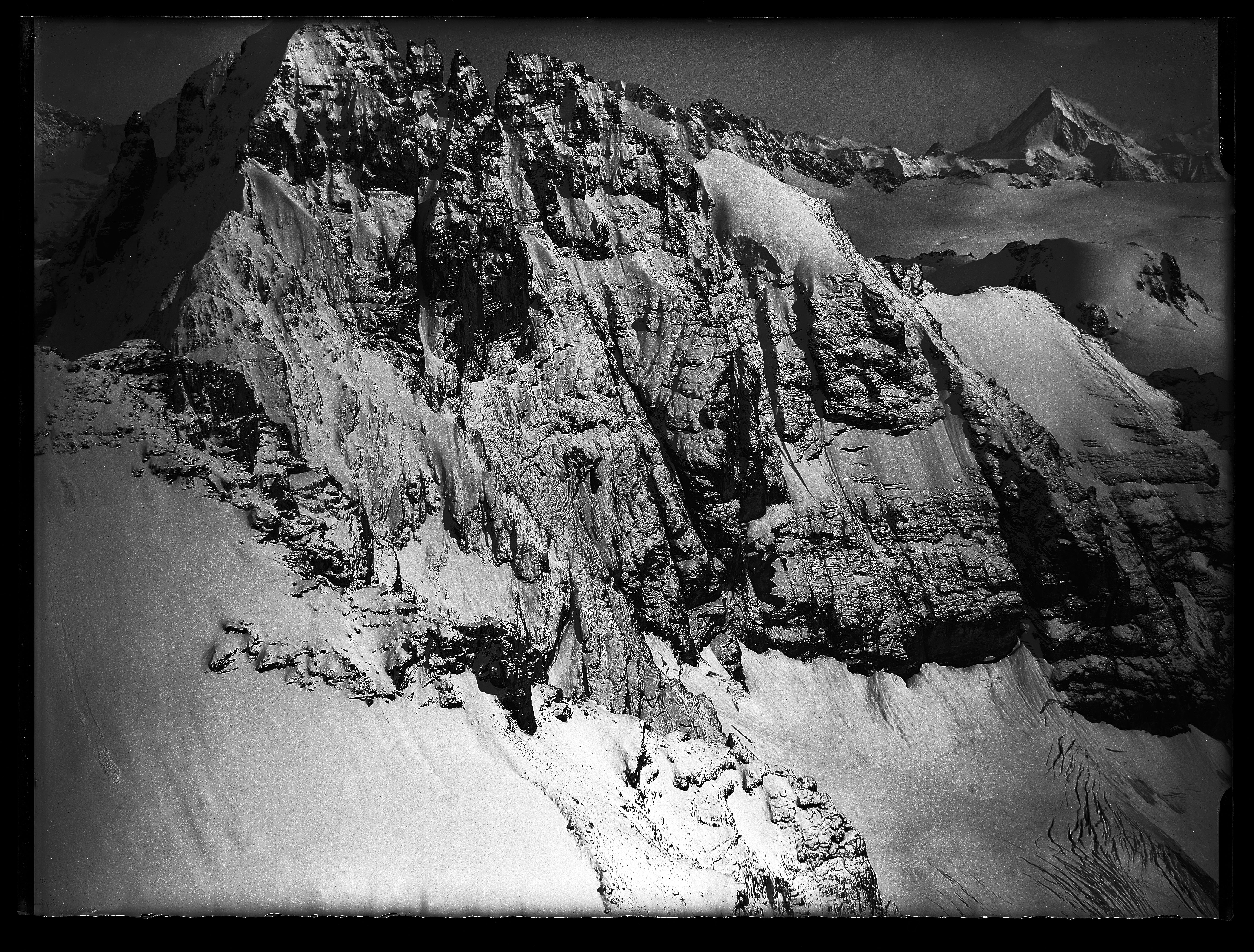
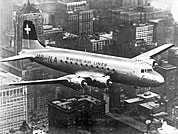
You can find an overview of ongoing debates with our journalists here. Please join us!
If you want to start a conversation about a topic raised in this article or want to report factual errors, email us at english@swissinfo.ch.